Why Is Fire Retardant Red? The Mystery of the 'Red Smoke' Used to Put Out Fires in Los Angeles
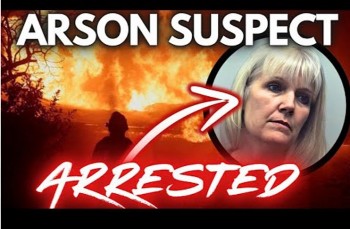 Who Is Gloria Lynn Mandich? the Second Suspected Arsonist in Los Angeles Wildfires Who Is Gloria Lynn Mandich? the Second Suspected Arsonist in Los Angeles Wildfires |
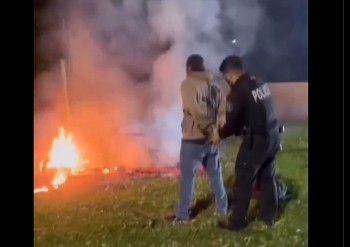 Who Is Jose Carranza-Escobar? The Third Suspected Arsonist In Los Angeles Fire Who Is Jose Carranza-Escobar? The Third Suspected Arsonist In Los Angeles Fire |
When wildfires rage across regions like Los Angeles, one of the most striking visuals is the aerial response: planes releasing billowing clouds of vivid red fire retardant over blazing landscapes. This "red smoke," often mistaken for colored water, plays a crucial role in wildfire suppression. But why is it red, and what makes it so effective?
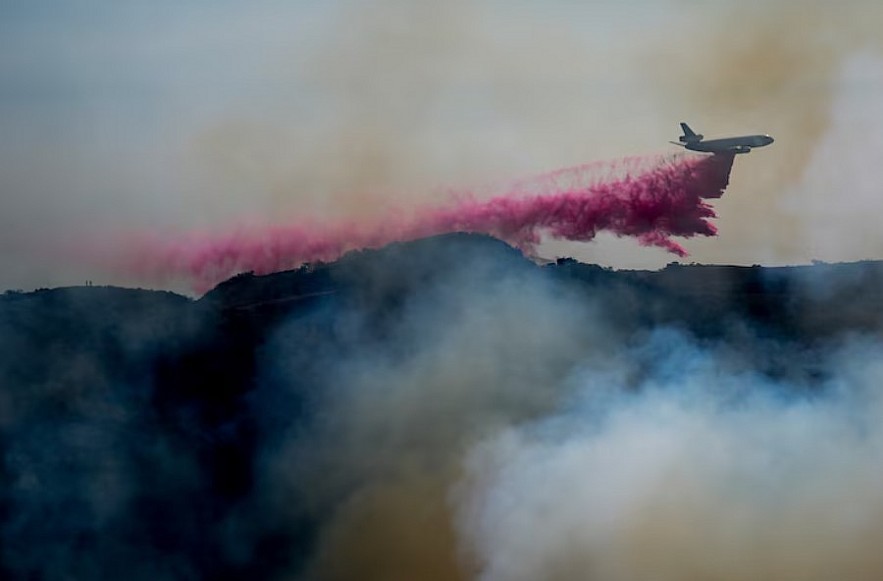 |
| Retardant is dropped by air tanker on the Palisades Fire in the outskirts of the Pacific Palisades neighborhood of Los Angeles, Jan. 10, 2025 |
The Role of Fire Retardants in Wildfire Suppression
Fire retardants are a critical tool in combating wildfires, especially in regions like California where dry conditions, high temperatures, and strong winds create a perfect storm for catastrophic fires. Aerial fire retardant drops aim to slow the spread of flames, giving ground crews more time to control and extinguish fires.
The red substance is not merely water. While water evaporates quickly and has limited effectiveness, fire retardants are designed to remain on vegetation for extended periods, forming a protective barrier that reduces the flammability of fuels like trees, grasses, and shrubs.
What Is Fire Retardant Made Of?
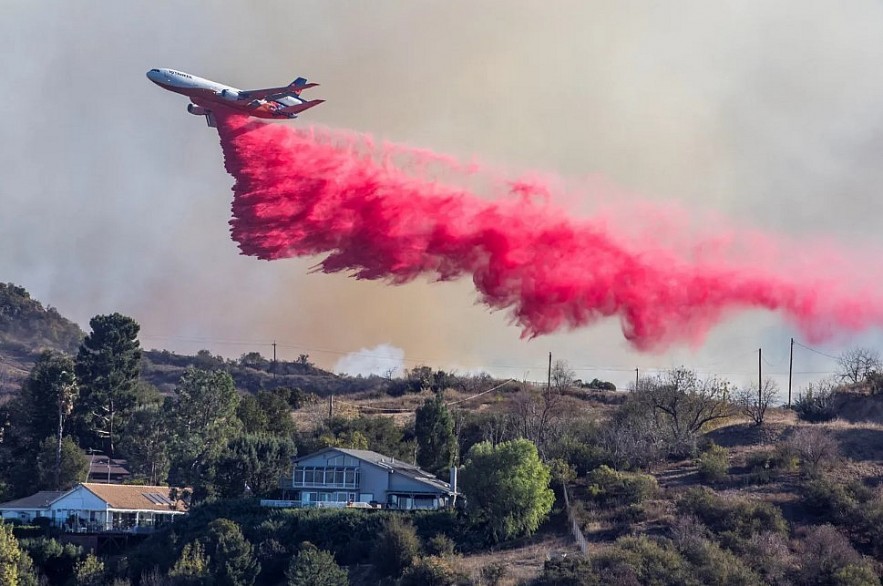 |
| Fire retartdant |
To understand the color and function of fire retardant, it’s essential to break down its composition. Most fire retardants, such as the popular Phos-Chek brand used in the United States, consist of three primary components:
-
Ammonium Phosphate: This is the key fire-suppressing ingredient. Ammonium phosphate works by inhibiting the chemical reactions that cause combustion. When exposed to heat, it forms a char-like layer that prevents oxygen from reaching the fuel.
-
Water: The liquid medium helps carry the fire-retardant chemicals to the target area and provides temporary cooling.
-
Colorant (Red Dye): The red color is usually created using iron oxide or other non-toxic pigments. This dye serves an important purpose, which we’ll explore in detail.
Additional components may include thickeners to improve adhesion to vegetation, corrosion inhibitors to protect aircraft, and stabilizers to enhance shelf life.
Why Is Fire Retardant Red?
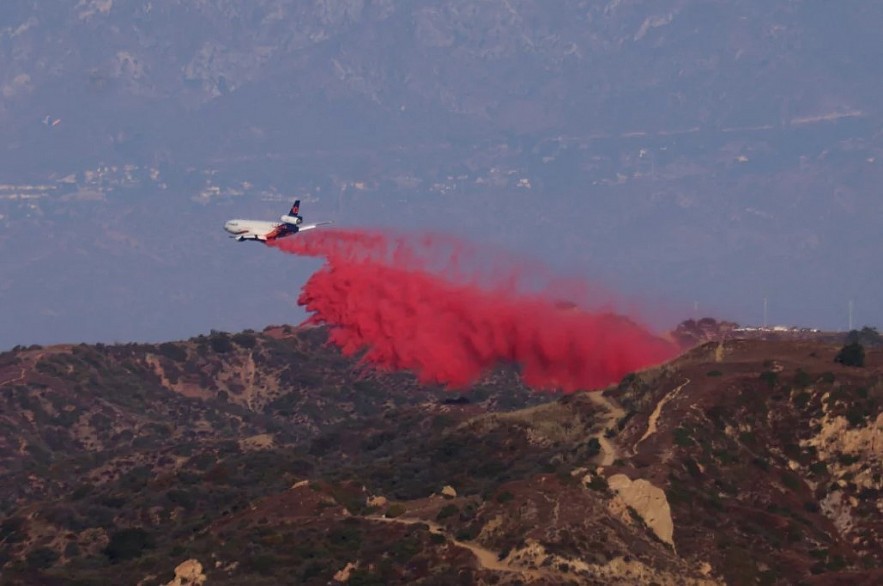 |
| A tanker drops retardant as the Palisades Fire grows in the mountains in Topanga, Califỏnia |
The most visually striking aspect of fire retardant is its bright red color. While this might seem like an aesthetic choice, it actually serves several practical purposes:
1. Improved Visibility for Pilots
Wildfires often occur in rugged, remote terrain where precision is vital. The red dye helps pilots and firefighters identify where the retardant has been dropped. This ensures that the retardant is effectively distributed over strategic fire lines, creating a buffer zone to slow the fire’s advance. Without the color, the liquid would be nearly invisible, increasing the likelihood of gaps in coverage.
2. Coordination Among Ground Crews
The red markings on the ground serve as a visual guide for firefighters on the front lines. By seeing where retardant has already been applied, crews can focus their efforts on untreated areas or adjust strategies based on the fire's movement. The dye essentially acts as a temporary map, improving the efficiency of suppression operations.
3. Psychological Impact
The dramatic sight of red plumes descending over flames reinforces the image of active firefighting efforts. For communities affected by wildfires, this can provide reassurance that action is being taken to protect their homes and livelihoods.
The Science Behind the Red Dye
The red dye used in fire retardants is typically derived from iron oxide or similar non-toxic pigments. These pigments are chosen for their safety, visibility, and environmental stability. When dropped, the dye temporarily stains vegetation, soil, and other surfaces. However, over time, the color fades due to weathering, sunlight, and rain.
One common misconception is that the red dye itself has fire-retardant properties. In reality, it is purely a marker. The fire-suppressing power lies in the ammonium phosphate, which chemically alters the fuel to reduce flammability.
Is Fire Retardant Safe for the Environment?
The use of fire retardants is not without controversy, particularly regarding their environmental impact. While manufacturers design retardants to be as safe as possible, concerns remain about their effects on ecosystems, water supplies, and wildlife.
-
Effects on Vegetation and Wildlife
The ammonium phosphate in fire retardants can act as a fertilizer, promoting plant growth in some cases. However, over-application or runoff into waterways can disrupt ecosystems, encouraging algal blooms that deplete oxygen and harm aquatic life.
-
Minimizing Environmental Impact
To mitigate risks, fire agencies adhere to strict guidelines when deploying retardants. For example, drops are avoided near sensitive waterways, and application is limited to areas where it will have the greatest benefit.
The History of Fire Retardants
The use of fire retardants dates back to the mid-20th century. Initially, water and wetting agents were used, but these proved insufficient for combating large-scale wildfires. By the 1950s, researchers developed phosphate-based retardants, which provided both immediate cooling and long-term fire suppression.
The addition of red dye came later, as firefighters recognized the need for a visible marker. This innovation revolutionized aerial firefighting, making it a cornerstone of modern wildfire management.
The 'Red Smoke' in Los Angeles: A Familiar Sight
Los Angeles, like much of California, faces a perennial wildfire threat. In the peak of fire season, residents are accustomed to the sight of low-flying planes releasing plumes of red fire retardant over blazing hillsides. These efforts have become a symbol of the fight against wildfires, capturing public attention and serving as a reminder of the region’s vulnerability.
The "red smoke" often sparks curiosity and even concern among observers. While the vivid color can appear alarming, it represents a carefully calibrated strategy to combat wildfires and protect lives and property.
Challenges and Innovations in Fire Retardant UseAs climate change exacerbates wildfire risks, fire agencies are continuously improving retardant formulas and deployment techniques. Innovations include: Eco-Friendly Retardants: Research is ongoing to develop formulas with lower environmental impact, including biodegradable alternatives. Precision Technology: Advanced GPS and mapping tools are improving the accuracy of retardant drops, reducing waste and maximizing effectiveness. Drone-Assisted Applications: Unmanned aerial systems are being explored as a way to apply retardants in difficult-to-reach areas. |
Conclusion
The red fire retardant used in wildfire suppression is more than a visually striking tool; it is a vital component of modern firefighting. Its distinctive color enhances visibility, improves coordination, and symbolizes the tireless efforts of firefighters protecting communities like Los Angeles from devastating wildfires.
While questions about its environmental impact persist, fire retardants remain an indispensable part of the strategy to combat increasingly frequent and intense wildfires. As science and technology continue to evolve, so too will the tools and techniques used to fight these blazes, ensuring a safer future for vulnerable regions around the world.
 Who Is Gloria Lynn Mandich? the Second Suspected Arsonist in Los Angeles Wildfires Who Is Gloria Lynn Mandich? the Second Suspected Arsonist in Los Angeles Wildfires In relation to the arson case, California State Parks has reported that they have detained Gloria Lynn Mandich, the suspect in the wildfire that has ... |
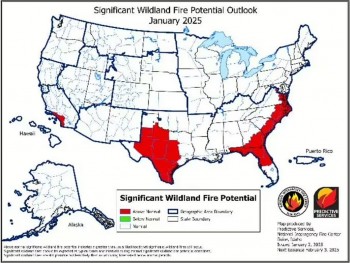 Wildfire Prediction: Full List of Danger Zones Across the U.S. from January to April 2025 Wildfire Prediction: Full List of Danger Zones Across the U.S. from January to April 2025 A chilling series of wildfire forecasts has revealed the regions most at risk of devastating blazes over the next three months. |
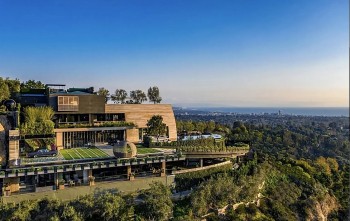 $125M Mansion Burned Down in LA Wildfires: Most Expensive Home, HBO's "Succession" $125M Mansion Burned Down in LA Wildfires: Most Expensive Home, HBO's "Succession" In early January 2025, a catastrophic wildfire swept through Los Angeles, leading to the destruction of a $125 million megamansion in Pacific Palisades. |
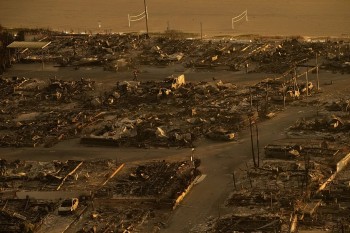 Fires Continue to Burn in Southern California: A Region in Crisis Fires Continue to Burn in Southern California: A Region in Crisis Southern California is in the grip of a wildfire crisis, with multiple blazes ravaging the region, leaving destruction, displacement, and devastation in their wake. |


























